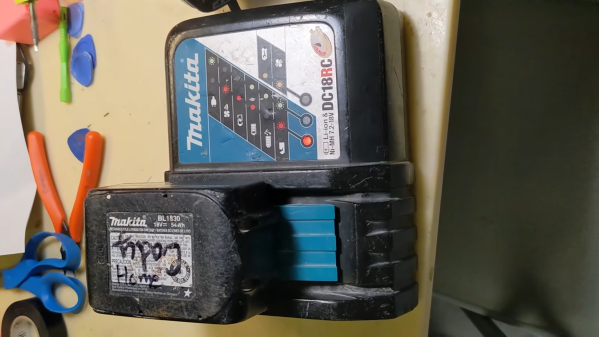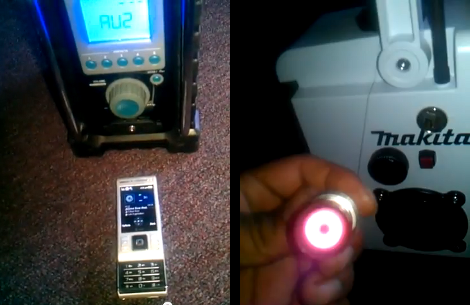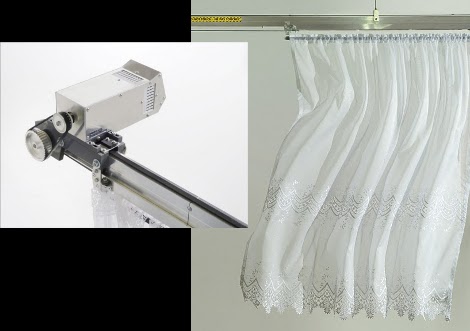Modern lithium-ion battery packs for cordless power tools contain an incredible amount of energy, which necessitates that they come with a range of safeties. Although it’s good when the battery management system (BMS) detects a fault and cuts power to prevent issues, there exist the possibility of false positives. Having an expensive battery pack brick itself for no good reason is rather annoying, as is being unable to reuse a BMS in for example a re-manufactured battery. This was the reasoning that led [Martin Jansson] down the path of reverse-engineering Makita batteries for starters.
After that initial reverse-engineering attempt involving a firmware dump of the NEC (Renesas) F0513 MCU, [Martin] didn’t get back to the project until recently, when he was contacted by [Romain] who donated a few BMS boards to the cause. One of these features an STM32 MCU, which made the task much easier. Ultimately [Martin] was able to determine the command set for the Maxim OneWire-based communication protocol, as was a hidden UART mode.
Due to the critical timing required, off-the-shelf programmers didn’t work, so an Arduino Uno-based programmer (ArduinoOBI) was created instead, which can be found on GitHub along with the Open Battery Information desktop application which provides access to these BMS features after connecting to the battery pack. Although only Makita is supported right now, [Martin] would like to see support for other brands being added as well.

















